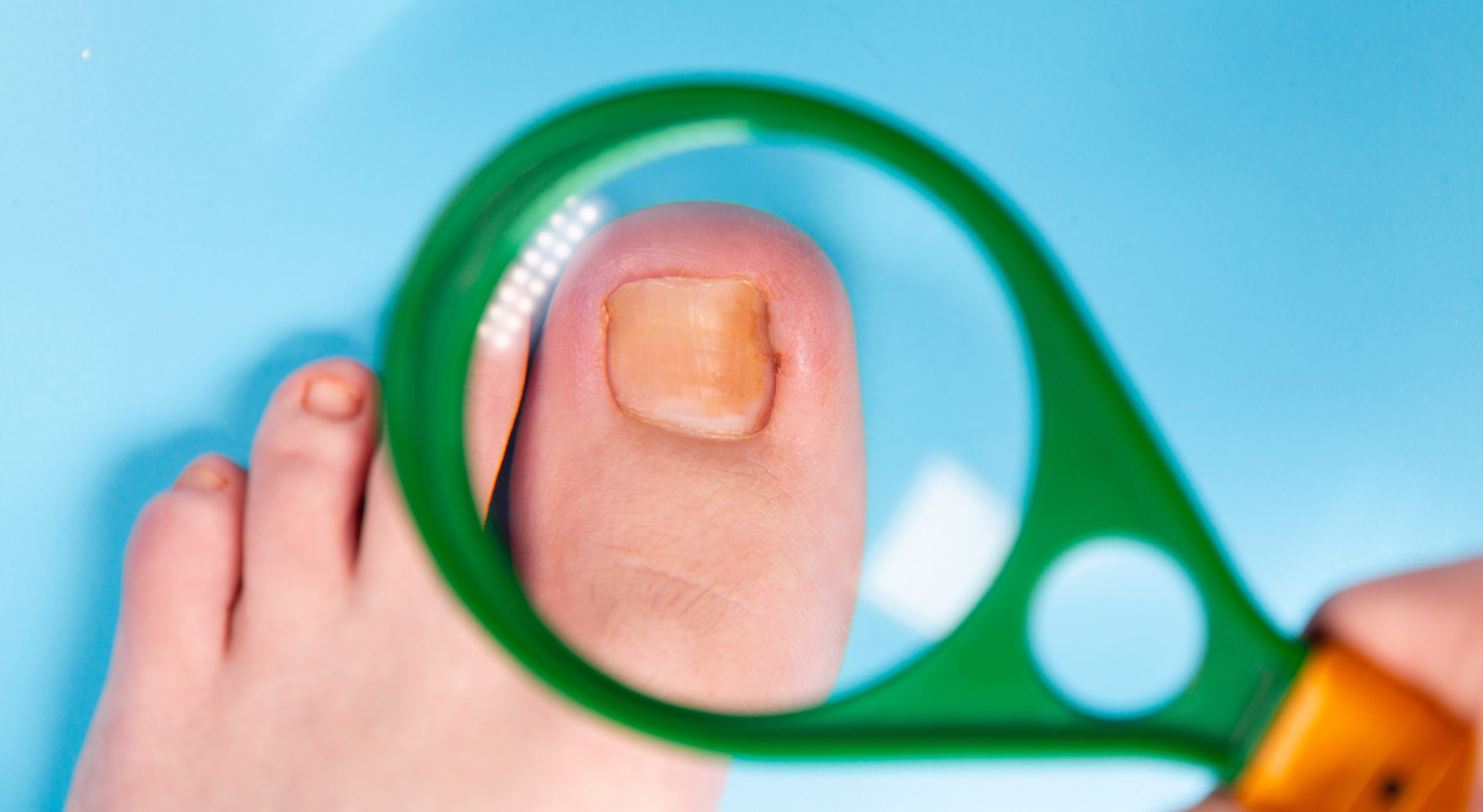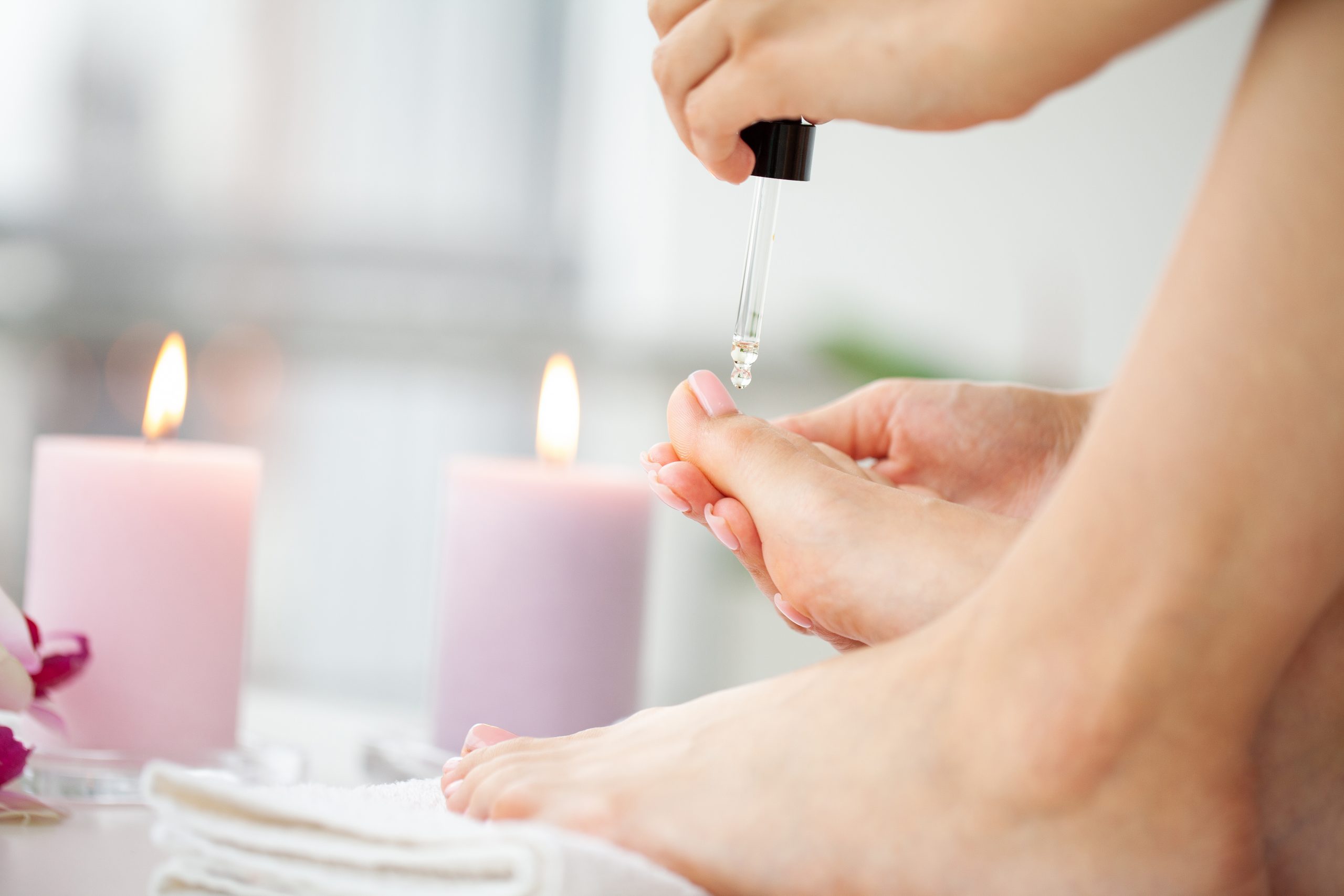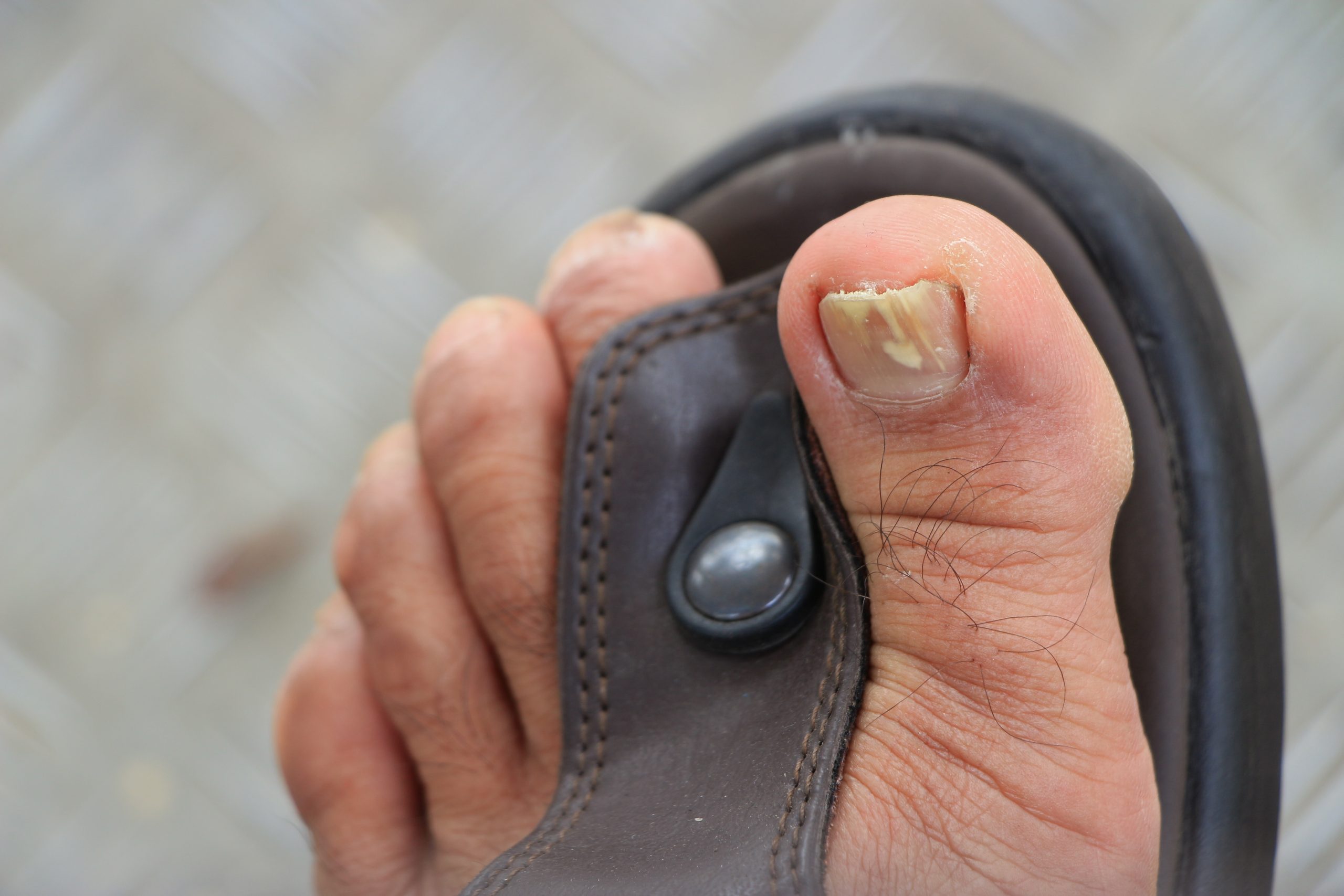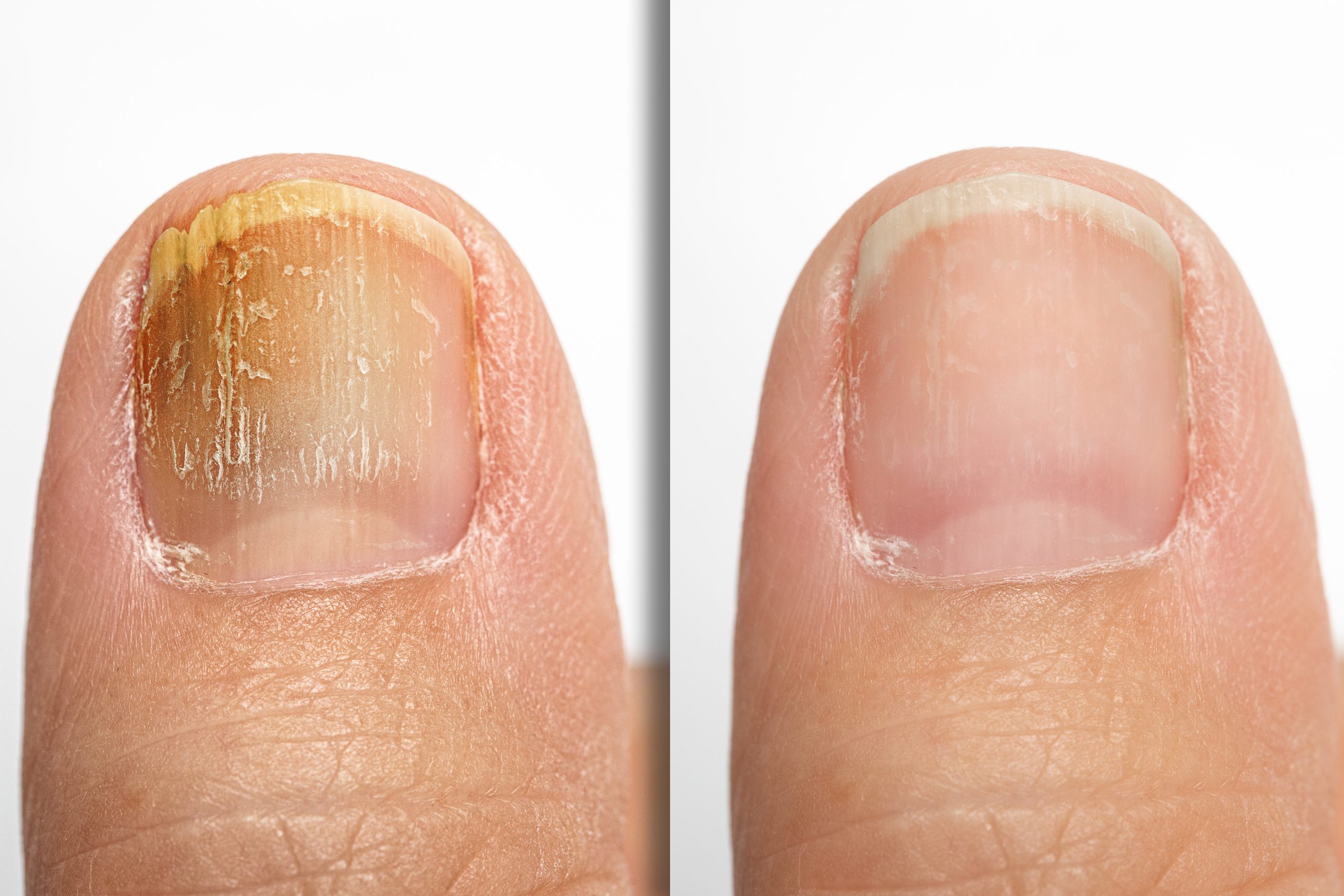Toenail fungus, also known as onychomycosis, is a common fungal infection that affects the nails. It can lead to thickened, discolored, and brittle nails, causing discomfort and embarrassment. While toenail fungus can be challenging to treat, there are preventive measures that can help reduce the risk of infection. One such measure is maintaining proper hydration. In this article, we will explore the role of hydration in preventing toenail fungus.
- Hydration and Nail Health: Adequate hydration is essential for maintaining overall nail health. When our bodies are well-hydrated, our nails receive proper nourishment, which helps to keep them strong and resilient. Proper hydration promotes blood circulation, delivering essential nutrients to the nail bed and supporting healthy nail growth. By keeping our bodies hydrated, we provide a solid foundation for healthy nails, making them less susceptible to fungal infections.
- Moisture Control: Hydration helps to maintain the moisture balance of the skin and nails. Excessive dryness or excessive moisture can both contribute to the development of toenail fungus. When our skin and nails are overly dry, they become more prone to cracking and splitting, creating entry points for fungal spores. On the other hand, excessive moisture can create a favorable environment for fungal growth. By maintaining proper hydration, we can help regulate the moisture levels of our nails and prevent the conditions that favor fungal infections.
- Boosting Immune Function: Hydration plays a crucial role in supporting our immune system, which is vital in preventing toenail fungus. Our immune system acts as a defense mechanism against pathogens, including fungi. When we are well-hydrated, our immune cells can function optimally, effectively fighting off potential fungal infections. Hydration helps to flush out toxins from the body, supports lymphatic drainage, and keeps the immune system functioning at its best, reducing the risk of fungal overgrowth.
- Hygiene Practices: Proper hydration is closely linked to good hygiene practices, which are essential for preventing toenail fungus. Hydration encourages the habit of regular foot hygiene, such as washing and drying the feet thoroughly. Keeping the feet clean and dry is crucial in preventing fungal growth. Moist environments, such as sweaty feet, provide an ideal breeding ground for fungi. By maintaining proper hydration and practicing good foot hygiene, we can create an environment that is less conducive to fungal infections.
- Footwear Choices: Hydration can indirectly influence our footwear choices, which play a significant role in preventing toenail fungus. When our bodies are well-hydrated, we are less likely to experience excessive sweating, which can lead to dampness inside our shoes. Damp, sweaty feet create an environment where fungi thrive. By maintaining proper hydration, we can reduce the likelihood of excessive foot sweating and choose footwear that allows for proper ventilation and moisture control, further decreasing the risk of fungal infections.
- Overall Skin Health: Hydration is essential for maintaining overall skin health, and healthy skin serves as a protective barrier against infections, including toenail fungus. Dry, cracked skin can create entry points for fungal spores, increasing the risk of infection. By staying well-hydrated, we can help keep our skin healthy and intact, reducing the likelihood of fungal entry and subsequent nail infections.
In conclusion, proper hydration plays a significant role in preventing toenail fungus. By maintaining adequate hydration levels, we support overall nail health, regulate moisture balance, boost immune function, and promote good hygiene practices. Hydration also indirectly influences our footwear choices and helps maintain healthy skin, creating an environment less favorable for fungal infections. Incorporating proper hydration as part of a comprehensive approach to foot care can significantly reduce the risk of toen





